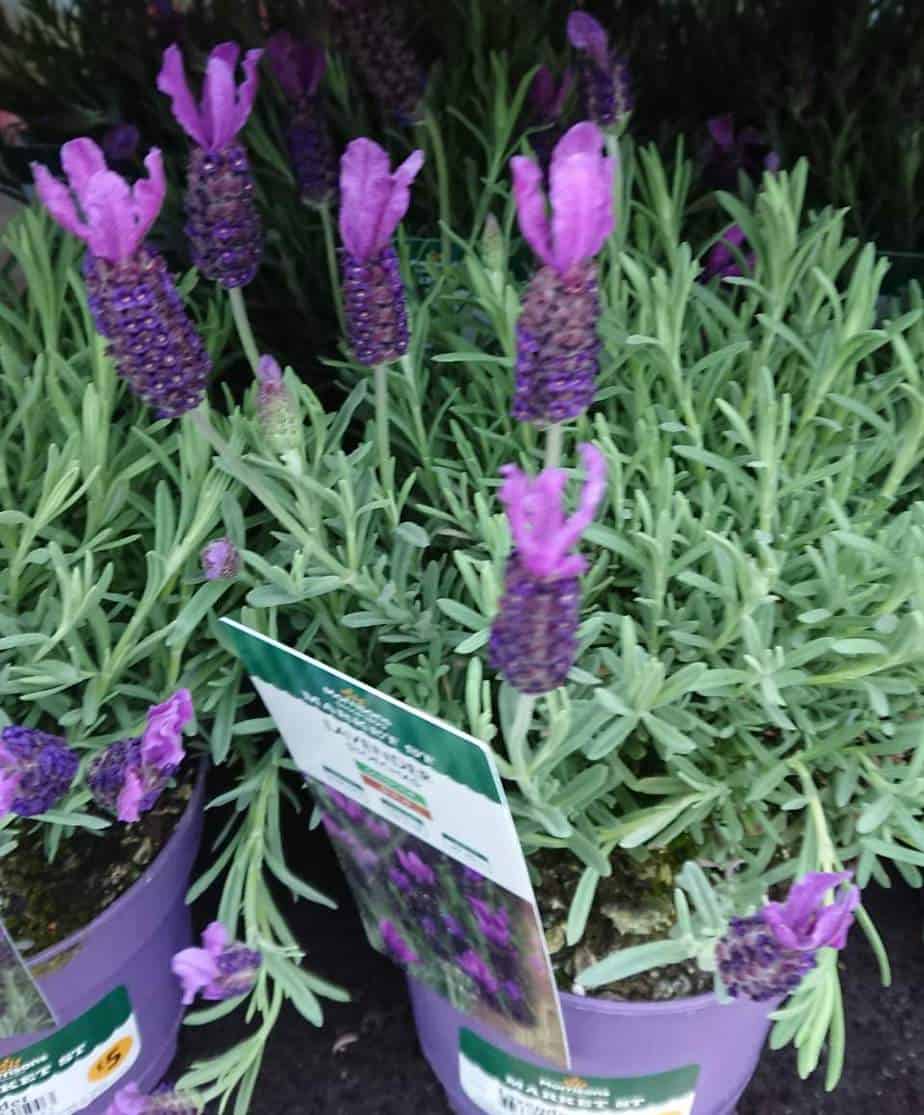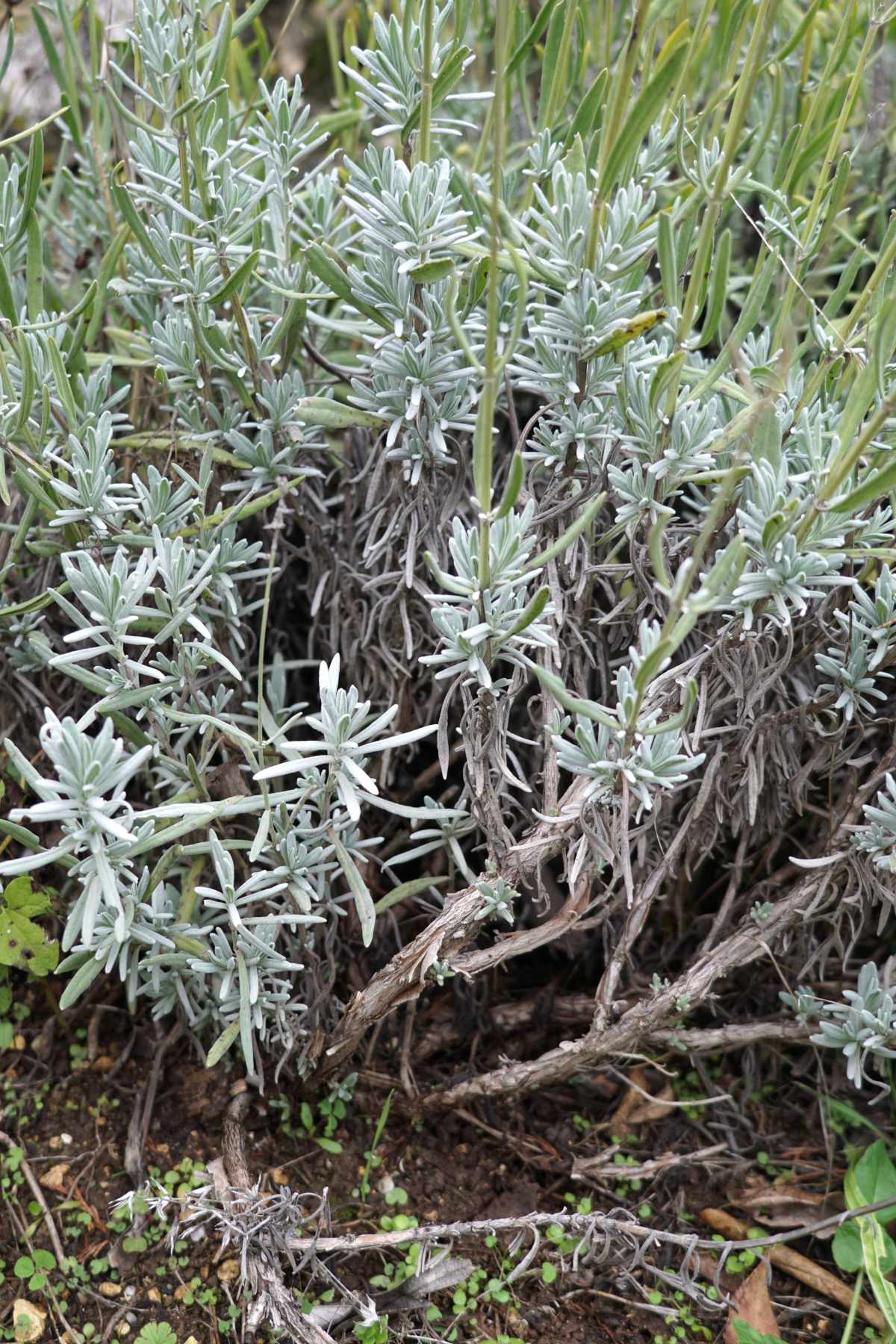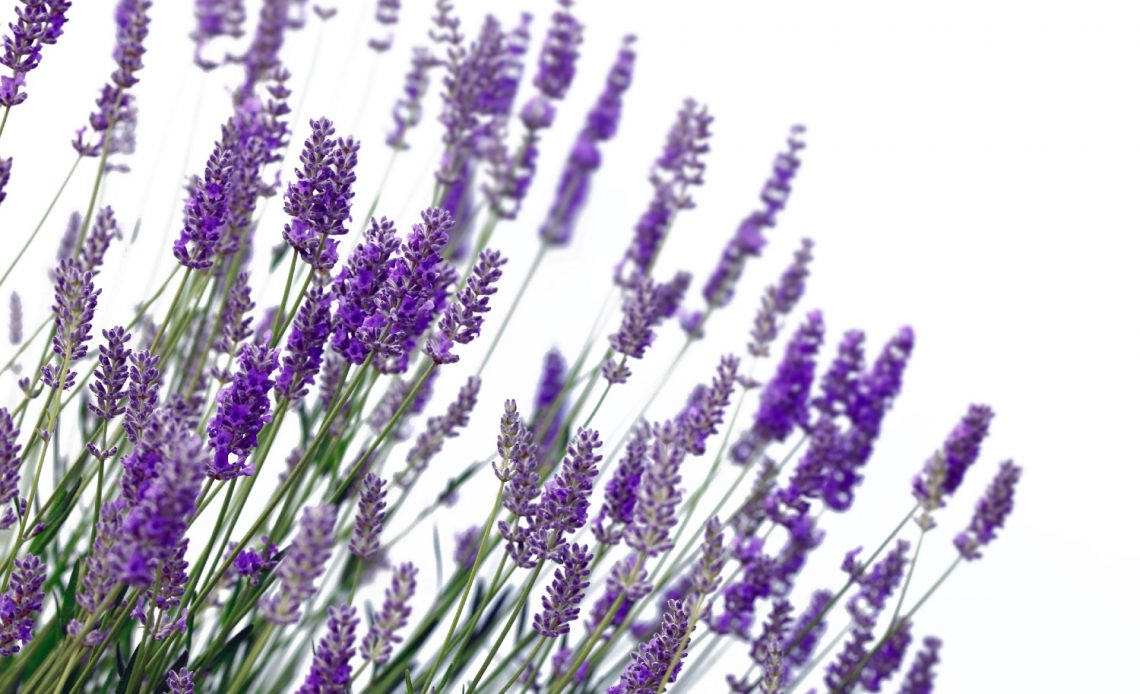With the proper care and growth circumstances, lavender is a perennial subshrub that does come back after the winter. It can live for many years. Due to their lower level of cold tolerance than English lavenders, Spanish and French lavenders may not survive the winter in colder climates.
French and Spanish lavenders, which are more susceptible to the cold, thrive in regions with moderate winters and may not reappear if temperatures drop below freezing.
English lavenders, on the other hand, can withstand snow, frost, and ice and reappear in the spring.
Lavender needs to be pruned every year to keep healthy, and if it has been too brutally or improperly pruned for a long time, it might not come back.
Since they cannot handle soil that is too cold or too wet in the winter, all lavenders need soil that drains properly.
Continue reading to learn how to ensure that your lavender will return in the spring by avoiding some common gardening blunders.
Table of Contents
Can Lavender Come Back After Winter? (Depends on the Climate)
Lavenders are indigenous to hot, arid areas of Southern Europe where the winters are pleasant.
Since some varieties of lavender are used to mild winters, frost, snow, and ice can harm their delicate foliage. The varieties of lavender that are more susceptible to cold temperatures are:
- Lavandula stoechas (also known as Spanish lavender in the US and French lavender in the UK) (USDA hardiness zones 7-9)
- Lavandula dentata, often known as French Lavender in the US and Fringed Lavender in the UK (USDA zones 8-11)
- Portuguese lavender is the common name for Lavandula latifolia (USDA zones 7-10)
If the lavender is not put in a container and kept indoors over the winter to protect it from freezing temperatures, it will typically die in the winter in colder areas (such as Washington, Oregon, New York, and nations such as the UK).
However, in more temperate locations (like California or Spain), these lavenders can survive the winter and return for several years, blooming in the summer (up to 15 years with the right care).
Two types of lavender can withstand below-freezing temperatures and will reappear after the winter. Which are:
- French Lavender (lavandula angustifolia)
- Lavandula x intermedia
Both varieties of lavender are typically thought to be cold hardy to zone 5, with English lavender being prized for its resistance to the cold.
The English lavender cultivars “Hidcote” and “Munstead” are excellent choices for cold locations because they dependably reappear after the winter despite snow, frost, and ice, and the variety “Hidcote Superior” is said to be able to withstand temperatures as low as -30 °C (-20 °F).
English lavenders grow in cold climates, where after a severe Winter, the old growth may turn gray and seem dead. However, in the Spring, new growth and stems will reappear.
Here is a fantastic YouTube video that demonstrates precisely how to prune English lavender plants in cold climates:
If by May your lavender has not begun to show any signs of fresh green growth, it has most likely been harmed by frost, and you must replace it with a more hardy species that is suitable for your region.
French and Spanish lavender are two lavender varieties that I advise you to grow in pots or containers and transfer indoors, into a garage, or beside a sunny window to protect them from the cold in the winter, then put them back outside in the spring after the last frost.
ice damage
Damp Soils Harm Lavenders Over Winter
The roots of lavender do not survive cold and wet soils, which is another common reason why it does not reappear throughout the winter.
While certain varieties of lavender can withstand cold temperatures, moist soils increase the chance of root rot, which can cause your lavender to die throughout the winter.
On the Mediterranean coast, lavenders are evolved to thrive in arid, sandy soils with infrequent rainfall. As a result, lavender does not like soils that retain moisture (like clay or thick compost).
Lavenders must be planted in well-draining soil in order for them to survive the winter and for optimal practices.
Ideally, horticultural sand or grit should be added to the soil to promote drainage and create a soil profile that is similar to the soil conditions found in the lavender’s natural habitat, where it can thrive.
Transferring your lavender to a pot is advised if your garden soil is slow draining or soggy since you can easily control the soil conditions there and pots have better drainage than garden soil.
(To learn how to mix the ideal soil for lavender, read my post.)
This will make it more likely that the lavender will survive the winter and avoid developing root rot, one of the most frequent causes of lavender’s failure to reseed.
Your lavender is being attacked by a fungus due to moist soil if the leaf is turning brown, black, or maybe grey.
(For additional information on how to fix this, see my article on lavender that has become black.)
Lavender Growing Back After Pruning
If your lavender plant doesn’t have any fresh green growth by May, it may have been clipped too severely or it may not have been pruned at all.
An annual pruning is necessary for lavenders to lengthen their lives, promote fresh flowers, and reduce the rate of woody growth at the base.
Lavenders are subshrubs that are perennial and keep their woody base all year. Lavender may not grow back if you cut it too severely at the end of the summer or in the spring.
This is due to the fact that the lavender’s woody base rarely regenerates and rarely sprouts new stems or growth from which the plant can spread and create new flowers.
Lavish plants should not be pruned all the way to the ground; instead, allow at least a few inches of more flexible growth above the plant’s woody base. Lavender can be pruned successfully in either the spring or the fall.
For a helpful visual approach on pruning lavender, watch this YouTube video, which strikes a balance between a healthy annual prune and avoiding overpruning at the base:
If plants are cut too severely, they might not come again, and you’ll have to buy new lavender.
On the other end of the spectrum, lavenders that have not been pruned for a long time may become woody and lanky, looking messy rather than neatly shaped into a mound.
The lavender’s woody sections do not support much growth, and the plant will have fewer blooms and a weaker perfume emanating from the foliage.
Woody lavenders are quite tough to save, so I usually advise either replacing them or making an effort to spread any healthy growth.
(For more information on how to take care of lavender plants in pots, read my post.)
Key Takeaways:
- If they are grown in the right climate, lavender does come back after Winter.
- Unlike English lavender, which can withstand cold weather and re-grow in the spring, French and Spanish lavender are not cold hardy and may not recover after a cold Winter with freezing temperatures.
- Lavender can live for many years if it is planted in soil that drains effectively to prevent root rot during the winter. It should also not be pruned down to the woody base of the plant.
FAQ
Should you cut back lavender in the winter?
Lavenders that aren’t clipped often develop woodiness and produce fewer blooms. Lavender shouldn’t, however, be clipped in the winter. Contrary to many shrubs and perennials that can be pruned now, it is preferable to hold off on pruning lavender until after spring bloom or in the early fall before any risk of frost.
Can I leave my lavender plant outside in the winter?
English lavender is winter-hardy to Zone 5 as previously noted, therefore a light coating of straw may be all that is required. Other than that, lavender shouldn’t require any additional maintenance outside.
Should lavender be cut down every year?
In order to prevent them from becoming out of control, lavender bushes need to be pruned annually. According to Amy Fedele, a home gardening expert and blogger at Pretty Purple Door, pruning lavender keeps it looking full, promotes new growth and blossoming, and offers you plenty of fresh tips to pick throughout the season.
Will my lavender plant come back after winter?
Key Takeaways: If planted in the right climate, lavender does come back after the winter. Unlike English lavender, which can withstand cold weather and re-grow in the spring, French and Spanish lavender are not cold hardy and may not recover after a cold Winter with freezing temperatures.
What do I do with my lavender plant in the winter?
Keep your plant in a cool, non-freezing area with sunlight and air flow if it will spend the winter indoors. Reduce how often you water plants. The amount of rain that naturally falls will be adequate for the plant because lavender enjoys a dry soil.



